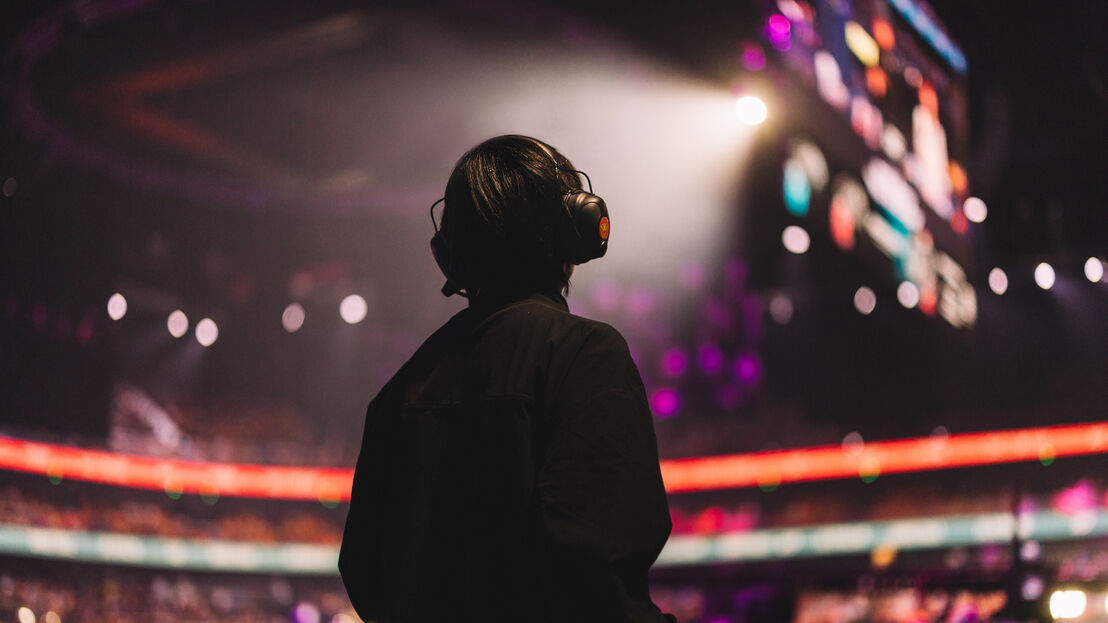Esports production shares many qualities with live sports, but sound engineering is a whole new game. IBC365 explores the complexities of controlling who hears what in a crucible of noise.
Sound has always played a major part in the gaming experience. Gunshots, revving engines and screeching tyres are the obvious aural signatures of shoot-’em-ups and auto-based games but supporting these are subtler backgrounds and atmospheres that help create the various environments in which players find themselves. All this carries over to the large-scale, multi-player, arena-based world of esports, but the live, professional nature of this increasingly popular form of game-playing calls for specific audio techniques that set it apart from its home counterpart.
The main difference is the scale, with the games taking place in an arena and involving a large number of people, all of whom need to hear what is going on. Cameron O’Neill, Country Manager for broadcast facilities company NEP Japan, divides those involved into three categories: the sports group, comprising the competitors and their support teams (coaches and backup players) plus the referees ensuring everyone plays by the rules; the audience, live production teams and the announcers/commentators, known in esports as ‘shoutcasters’; and the broadcast and streaming crews producing coverage of the events...
You are not signed in
Only registered users can read the rest of this article.
Broadcast AV design brings Blockchain show to life
Tasked with running two simultaneous live broadcasts from the Blockchain Life trade show in Dubai, Oasis Studio looked to create a flexible, redundant production workflow, offering a timely showcase of broadcast AV systems in action.

Poacher turned gamekeeper: Netflix rules, for now
Netflix raids Hollywood to land a giant of old media, but having offered billions over the odds for ageing IP, would a smarter play have involved the creator economy?

Truth in the age of deepfakes: Building trust in the human-machine era
As deepfakes become prevalent throughout the media industry, experts at the BBC, Guardian, and ITN wrestle with the implications of today’s unprecedented levels of disinformation and distrust.

Rory Peck Awards: Truth has never needed its defenders more
This year’s Rory Peck Awards was an affirmation that press freedom is in severe danger, that it has become a vicious fight to sustain that facts matter. George Jarrett reports.

Camerimage: “The time to be afraid of AI was two years ago”
The festival of cinematography remains political with the rise of AI and gender equality bubbling beneath the surface.



